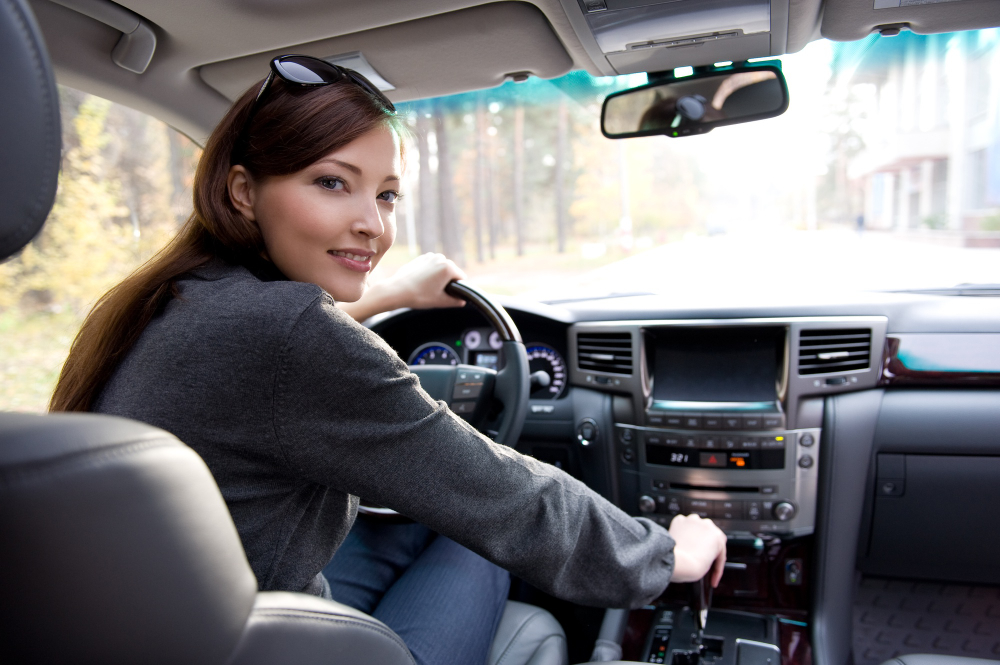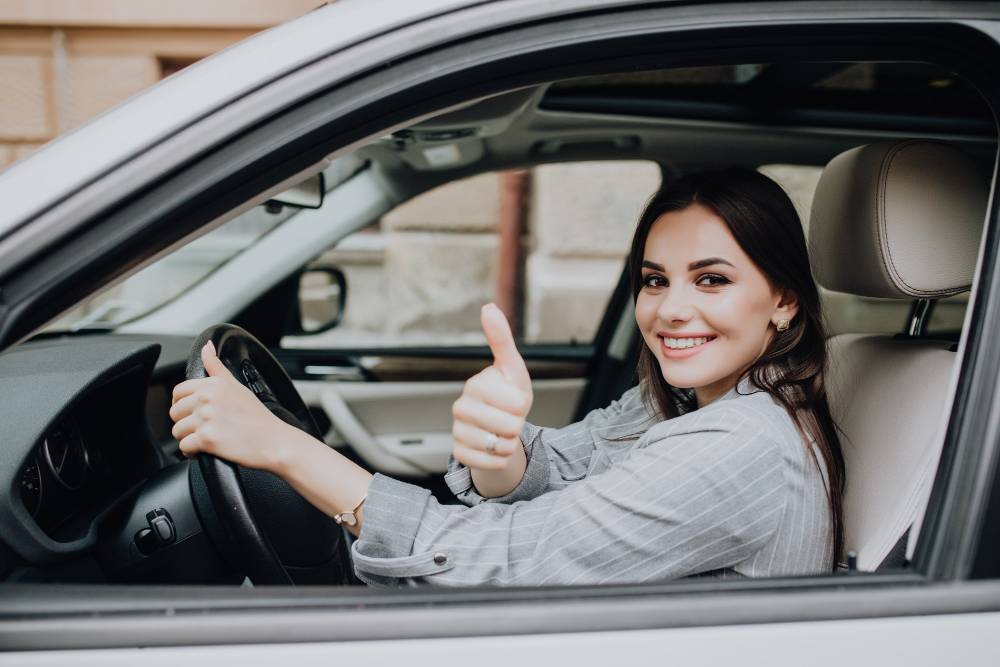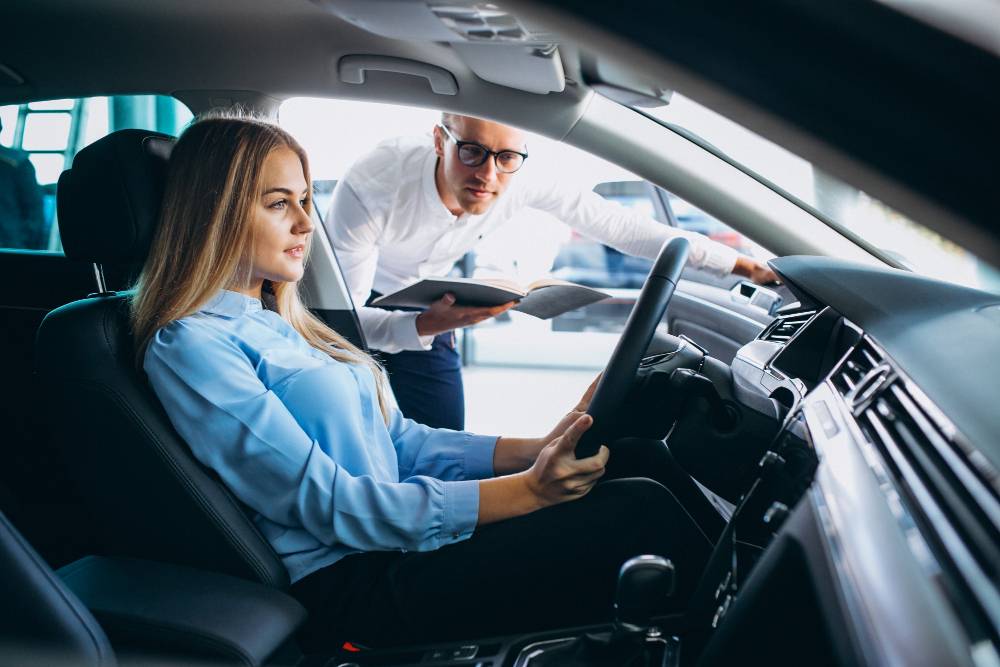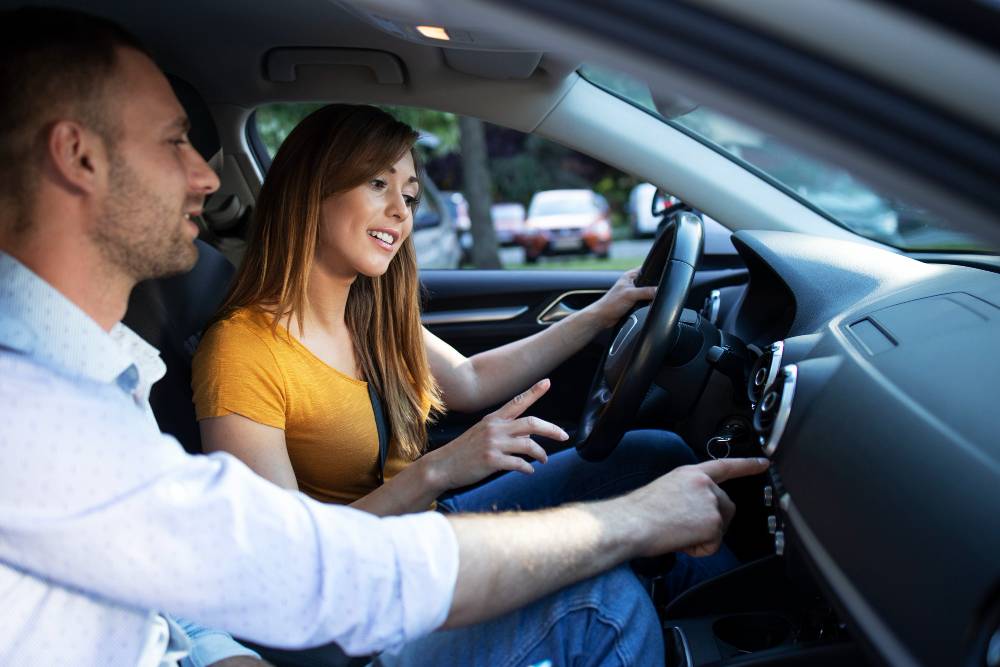SHOW ME TELL ME
The examiner will conduct this part of the test at the start of your practical test, after the eyesight check.You will be asked two of the following questions, both questions must be answered correctly or this will result in driver faults being recorded.





